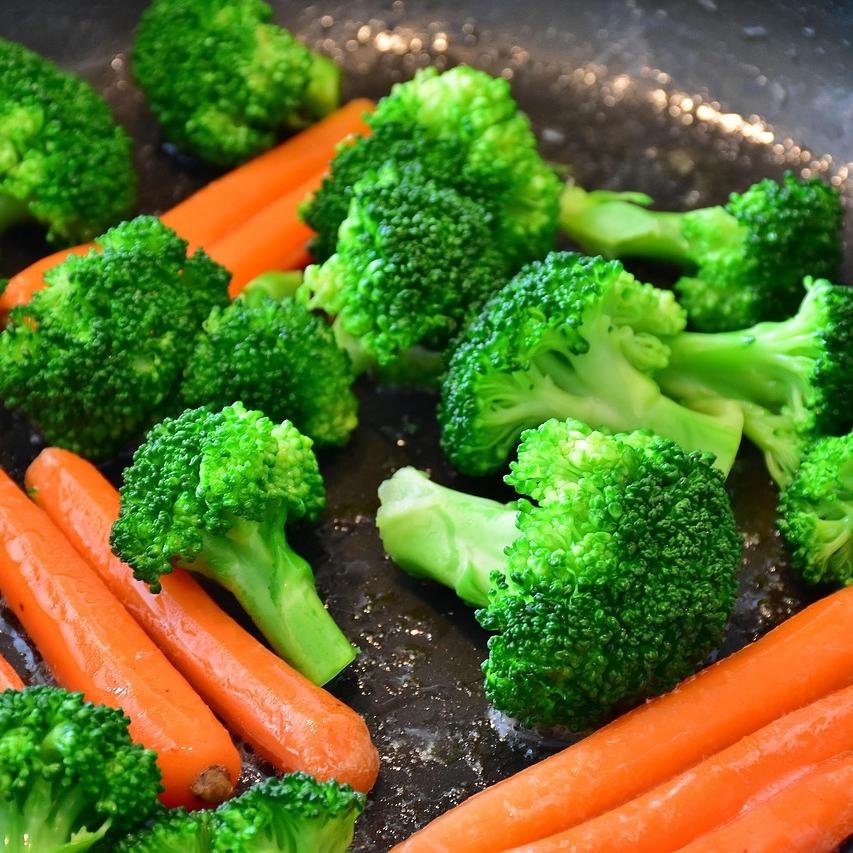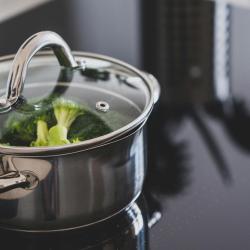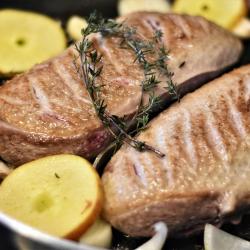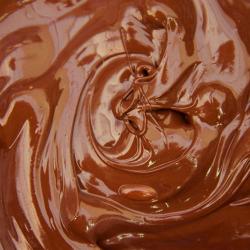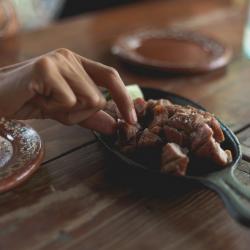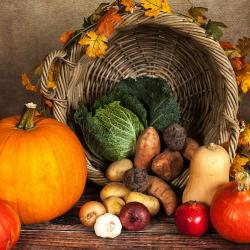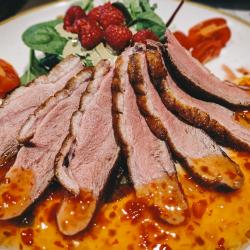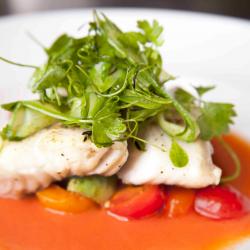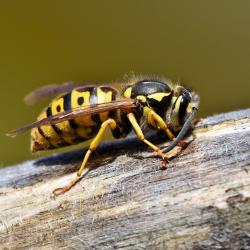The Secrets of Blanching and Shocking Vegetables for Perfect Texture
In the culinary world, achieving the perfect texture in vegetables is a testament to skill and technique. Two methods that are instrumental in this endeavor are blanching and shocking. These techniques not only enhance the texture but also preserve the vibrant colors, improve flavor, and extend the usability of vegetables. Let's delve into the secrets of blanching and shocking to understand how they contribute to achieving perfect vegetables every time.
What is Blanching?
Blanching is a cooking process where vegetables are briefly boiled or steamed and then rapidly cooled. This technique is commonly used to prepare vegetables for freezing, cooking, or serving raw in salads. The primary goals of blanching are to soften the vegetable's outer layer, make it more palatable, and preserve its color and nutrients.
Steps to Blanch Vegetables:
- Prepare the Vegetables: Begin by washing and cutting the vegetables into uniform sizes to ensure even cooking.
- Boil Water: Fill a pot with water and bring it to a rolling boil. Adding a pinch of salt can enhance flavor and maintain color.
- Blanch: Submerge the vegetables in the boiling water for a few minutes. The timing varies depending on the vegetable type and size; for instance, leafy greens might take one to two minutes, while denser vegetables like carrots may need three to five minutes.
- Monitor: Keep a close eye on the vegetables. The goal is to achieve a bright color and a slightly tender texture without overcooking.
What is Shocking?
Shocking, also known as refreshing, is the immediate cooling of blanched vegetables in ice water. This step is crucial as it halts the cooking process, ensuring the vegetables do not become overcooked and mushy.
Steps to Shock Vegetables:
- Prepare an Ice Bath: Fill a large bowl with cold water and ice cubes.
- Transfer Quickly: As soon as the vegetables have reached the desired tenderness, use a slotted spoon to transfer them from the boiling water to the ice bath.
- Cool Completely: Allow the vegetables to remain in the ice water until they are thoroughly cooled, usually taking the same amount of time they were blanched.
- Drain and Dry: Once cooled, remove the vegetables from the ice bath, drain well, and pat dry with a paper towel.
Why Blanch and Shock?
-
Color Preservation: Blanching sets the chlorophyll in green vegetables, locking in their vibrant color, while shocking prevents further cooking that can cause dullness.
-
Texture Control: This process ensures vegetables have a crisp-tender texture, perfect for salads, platters, and stir-fries.
-
Flavor Enhancement: Blanching can mellow strong flavors and remove bitterness, making vegetables more palatable.
-
Nutrient Retention: Rapid cooking followed by shocking minimizes nutrient loss, making vegetables healthier.
-
Preparation for Freezing: Blanching and shocking vegetables before freezing helps preserve their quality, preventing freezer burn and texture degradation.
Tips for Successful Blanching and Shocking
- Uniformity is Key: Cut vegetables into similar sizes for even cooking.
- Don't Overcrowd: Blanch in small batches to maintain water temperature and ensure even cooking.
- Use Plenty of Ice: Ensure the ice bath is sufficiently cold to stop the cooking process immediately.
Conclusion
Blanching and shocking are essential techniques in the culinary toolkit, allowing for more control over the cooking process and resulting in vegetables that are as appealing to the eye as they are to the palate. By mastering these techniques, you can elevate the quality of your dishes, impressing family and friends with the perfect texture and color of your vegetables. Whether you're preparing a fresh salad or getting vegetables ready for freezing, the secrets of blanching and shocking are indispensable for any home chef aiming for perfection.
